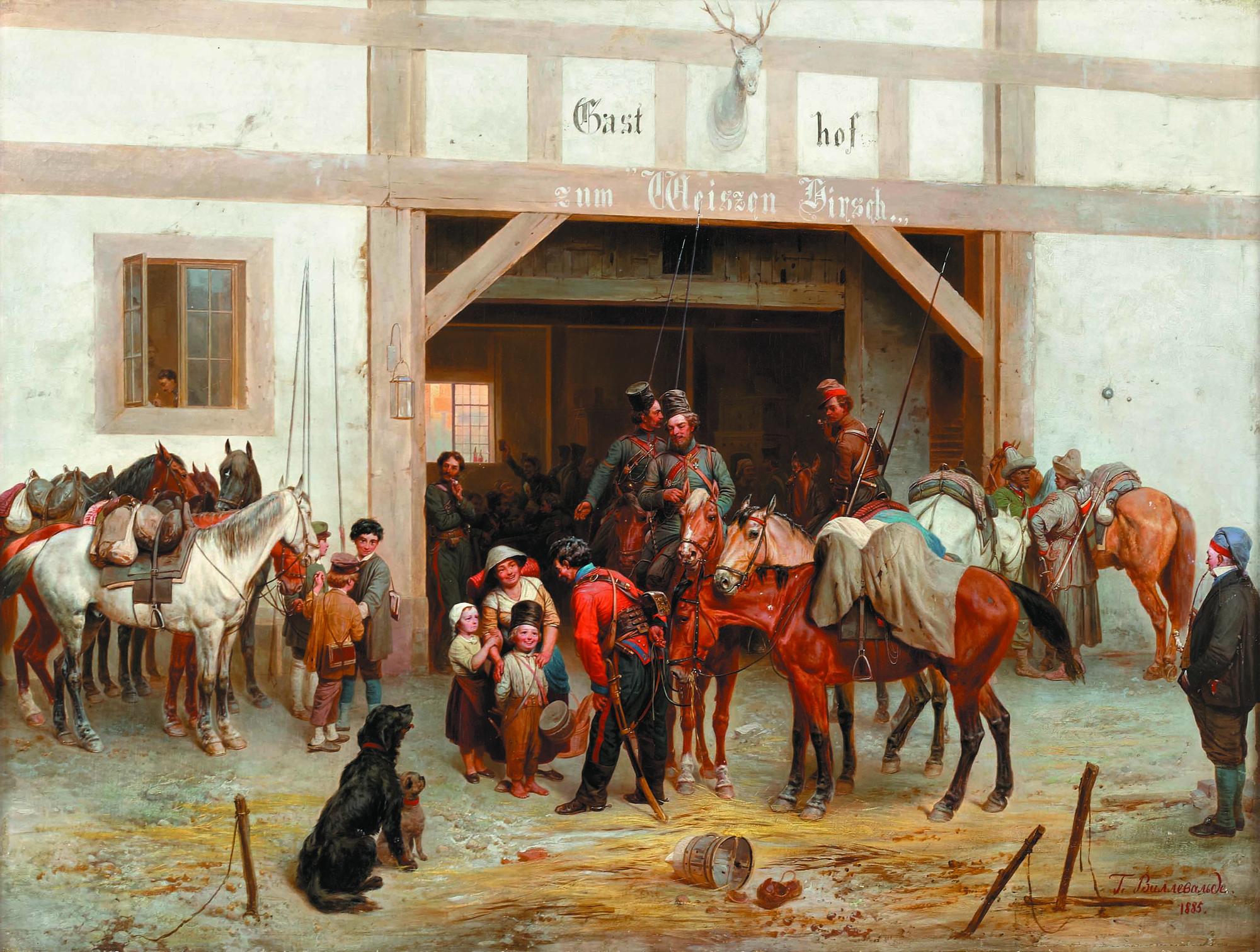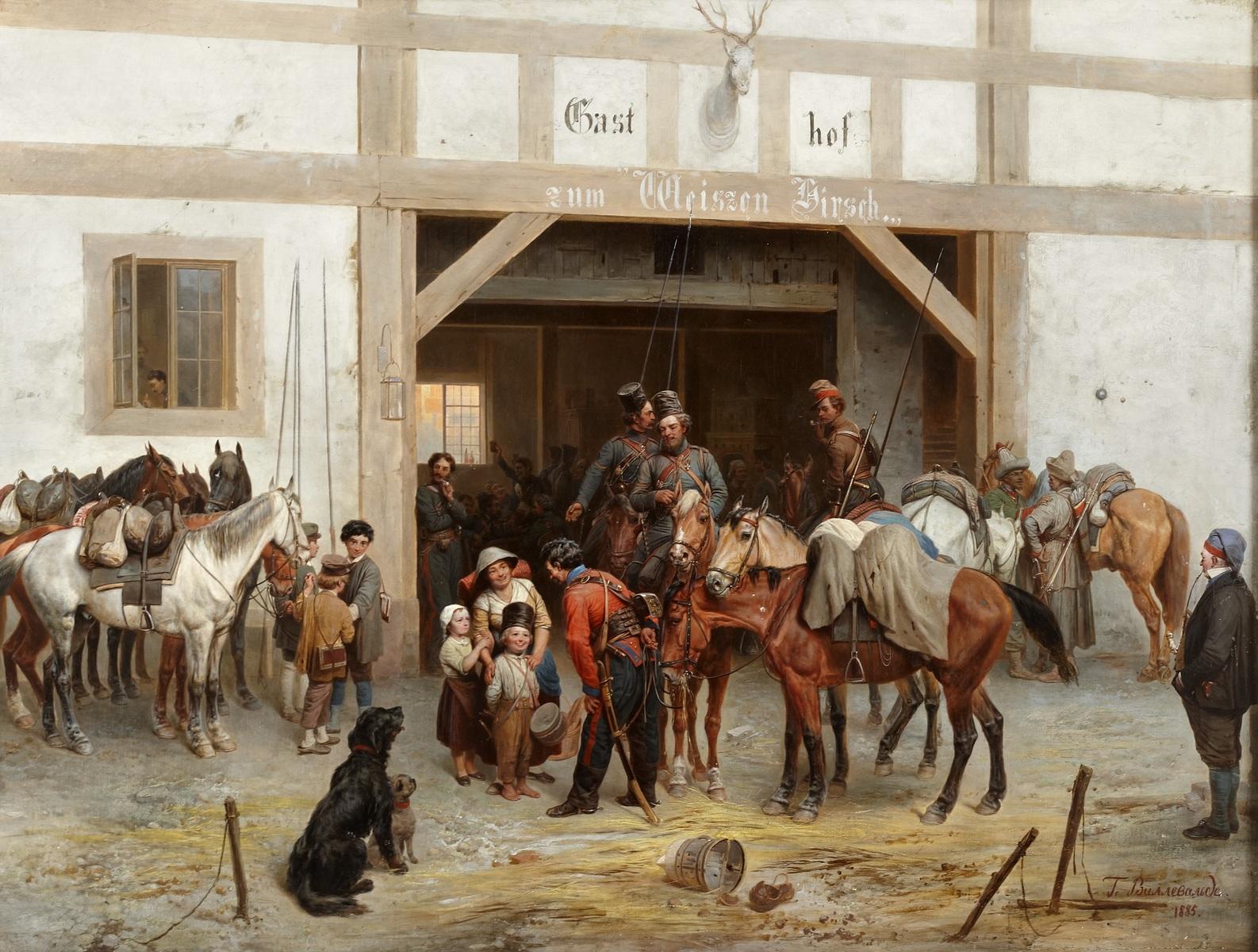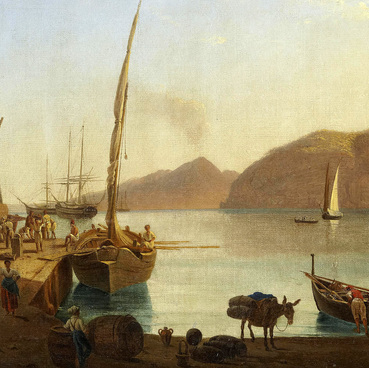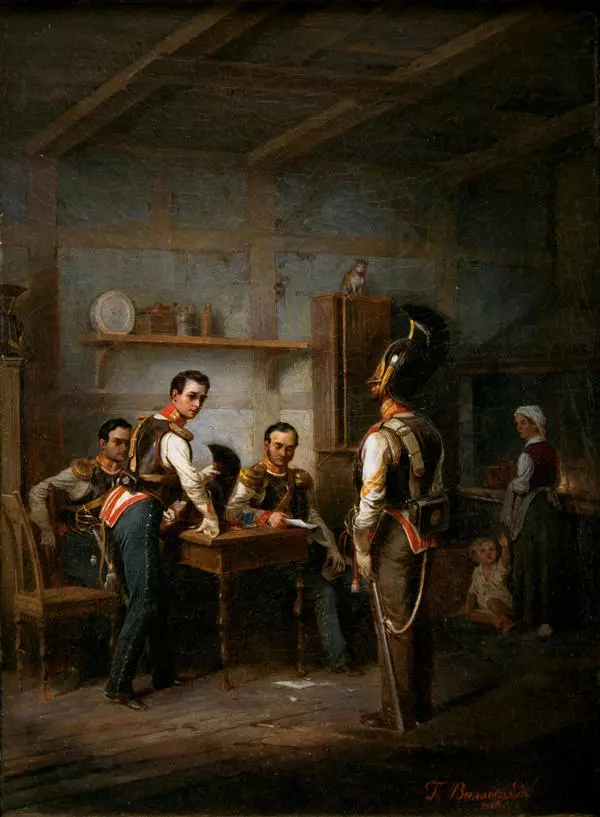The son of a rich native of Bavaria, Bogdan Pavlovich Willewalde was born in Pavlovsk in 1818. From childhood he was familiar with the future Tsar Alexander II, he knew the aristocratic world, its needs and requests. The artist, who constantly worked on the subjects of the military and political history of Russia, is credited with the development of the school of Russian battle-painters, the approval of battle painting as an independent genre of Russian art.
In the 1880s, Villewalde created a series of small paintings on the participation of the Russian army in the military operations of 1813-1815 against Napoleon in Western Europe. During the campaign of 1813, the name of the small town of Bautzen did not descend from the pages of the European press. Universal attention was focused on it in connection with the battle that took place under its walls. Here, 40 kilometers east of Dresden, the combined Russian-Prussian army tried to take revenge for the defeat at Lutzen. The Allies had a strong position in Bautzen and its environs, the Spree River defended their front, but on May 20, 1813, after a bloody battle, Napoleon captured the city. The painting ‘Cossacks in Bautzen’, created in 1885, depicts the events preceding the famous battle of the Russian-Prussian army with the French troops.
The canvas ‘Cossacks in Bautzen’ refers to the late stage of Willewalde’s work. In many paintings of this period, the artist departs from the pomp and parade of large-scale battle scenes and all his skill, the ability to “embody the material beauty of the world on canvas, ” the ability to write horses impeccably he uses in creating compositions depicting peaceful moments of soldiers' rest between battles. These works, following the general trend of the time, are domestic, genre in nature. The artist enthusiastically “talks” about the relationship between Russian soldiers and the inhabitants of Bautzen, using many details and depicting several plot stories in one composition. As a true battle painter, the artist reached special heights in the animalistic genre. In writing horses, he developed his own “handwriting” and his favorite type of these graceful animals, which are always impeccably written and ideally good on the exterior.








